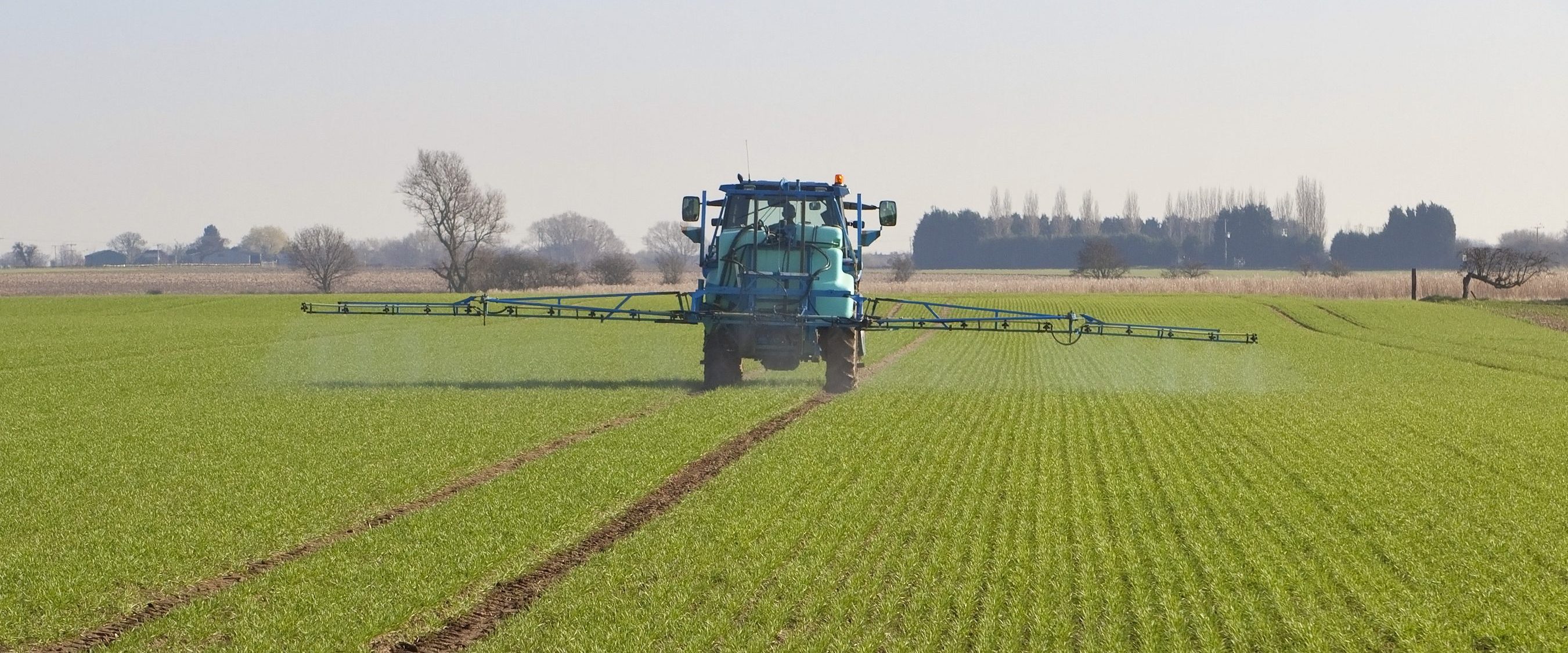ERHC SIG: Introducing the ‘New Environmental Land Management Scheme’ (NELMs) Consultation
A report by Penny Anderson (ERHC SIG Vice Convenor)
This only applies to England, but as 69% of all our land is farmed, the right sort of environmental support for this sector is critical in making a difference to the biodiversity crisis and climate emergency!
The New Environmental Land Management Scheme (NELMS) would replace the agri-environment schemes that are in place currently as we leave the European Commission. NELMS is currently undergoing a number of trials of different aspects and processes in various places, and is not due to replace the current Countryside Stewardship scheme until 2024. It forms a major plank of the Agriculture Bill yet to be passed in Parliament. Currently, all farmers can apply for a Basic Payment Scheme with some cross compliance attached, and this will be phased out from 2021 to 2027 as the new scheme is rolled in. The Countryside Stewardship scheme is competitive, and its complexity has been criticised.
NELMS is based on public money for public goods, with pricing based on a natural capital approach. The types of benefits included are improved air, water and soil quality, increased biodiversity, climate change mitigation, cultural benefits, and better protection for historic environments. One objective is that ELMS would support and help implement actions that meet the targets of the 25-year environment plan.
The NELMs Consultation Tiers
Tier 1 would encourage environmentally sustainable farming and forestry. This would be available to all farmers and would be most effective if delivered at scale. Examples are nutrient, pest, livestock and soil management, field margins, cover crops and efficient water use and storage.
Tier 2 would support all land managers delivering locally targeted environmental outcomes. There is spatial targeting being undertaken now by Natural England (and others) to inform future targets. This tier may also depend on collaboration between land managers to enable more joined up thinking/action, which would be rewarded. Actions could be more complex at this tier. Examples would be tree, shrub and hedge planting/maintenance, habitat creation/restoration, natural flood management, species management (recovery or invasive species), recreational infrastructure, educational infrastructure, geodiversity, and heritage asset management.
Tier 3 would deliver landscape-scale land-use change projects with added value to Tier 2, co-ordinating more ambitious environmental commitments. This would also align with the Nature for Climate fund which is supporting peatland restoration and afforestation. This tier would focus on a diverse range of environmental outcomes that make substantial contributions to nature recovery and net zero targets such as forest/woodland creation, restoration or improvement, peatland restoration, creation, or restoration of coastal habitats. It will also involve collaboration and would be open to all land managers.
 The scheme is not finalised yet. You will be able to respond to the consultation on it soon we hope, but if the principles are employed as set out and if the resources given to it are adequate, then it has great potential to contribute positively to actions to reverse (or at least slow down) the biodiversity crisis and help mitigate for climate change. Other major actions are also needed of course, but it is a good start.
The scheme is not finalised yet. You will be able to respond to the consultation on it soon we hope, but if the principles are employed as set out and if the resources given to it are adequate, then it has great potential to contribute positively to actions to reverse (or at least slow down) the biodiversity crisis and help mitigate for climate change. Other major actions are also needed of course, but it is a good start.
The full consultation document can be found here, although the consultation has been put on hold during the coronavirus pandemic.
